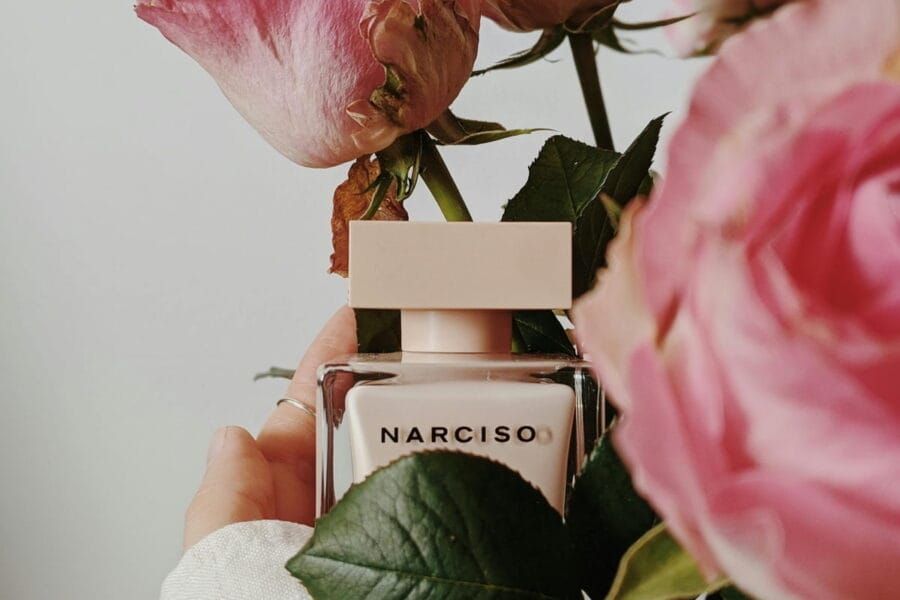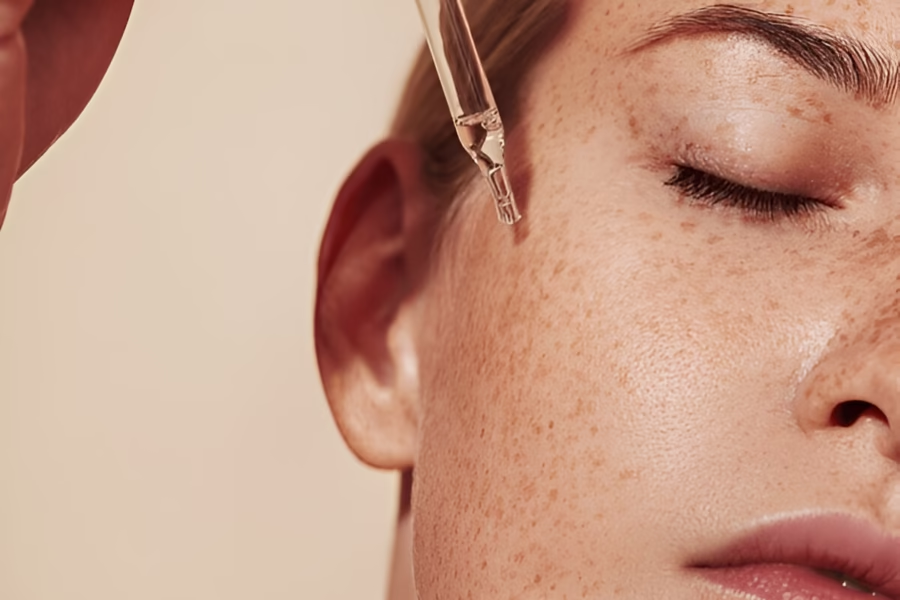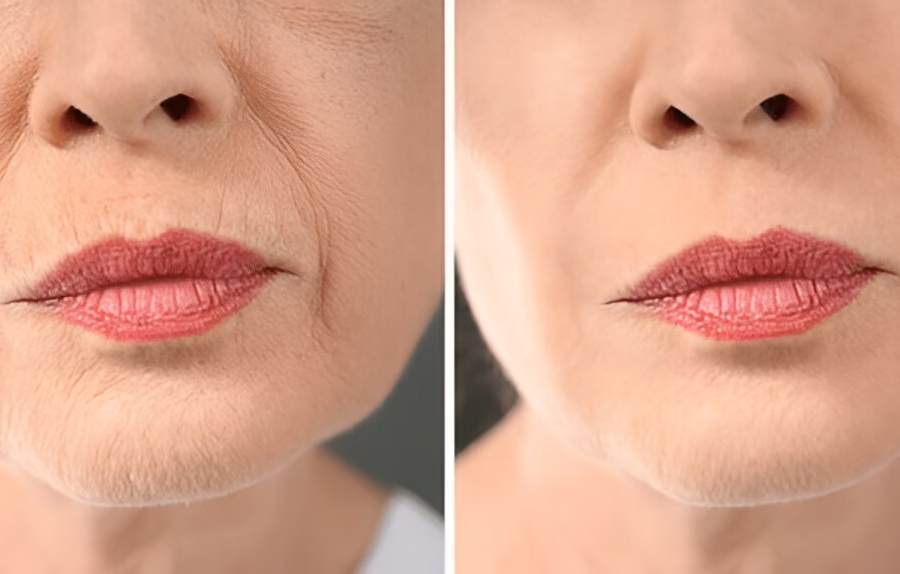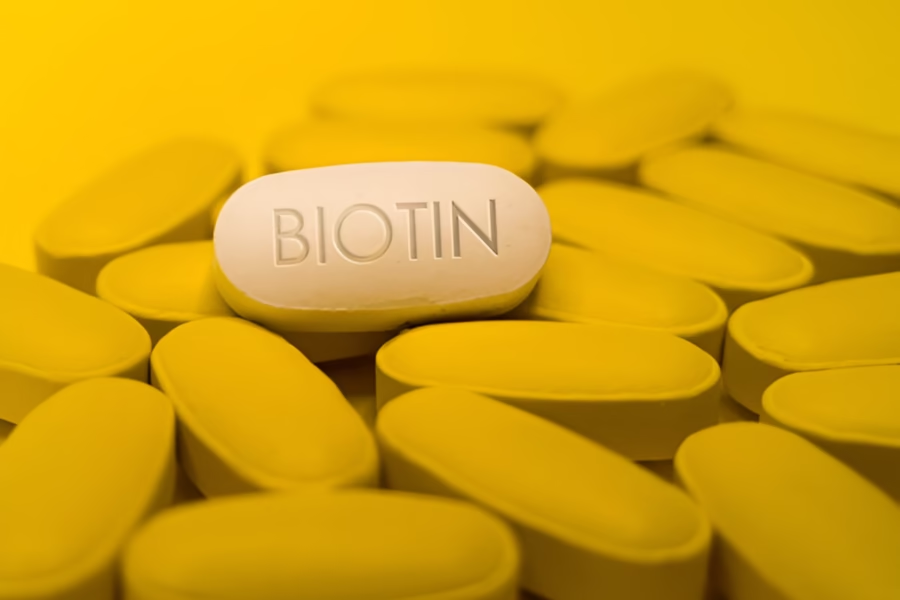Hey/Salam Beautiful Souls! 🌸If you’ve ever wandered down the skincare aisle, you might have noticed the term “non-comedogenic” plastered across moisturizers, sunscreens, foundations, and even cleansers. But what does it actually mean, and why do dermatologists keep recommending these products?
In this guide, we’re diving deep into the world of non-comedogenic skincare, breaking it down in a way that’s simple, actionable, and entirely demystified. We’ll explore what is non-comedogenic, the types of non-comedogenic products, and how choosing the right ones can make a massive difference in keeping your skin clear, balanced, and glowing.
What Does Non-Comedogenic Mean?
The term non-comedogenic sounds scientific, but it’s actually simple. When you see a product labeled “non-comedogenic”, it means that the product is formulated not to clog pores. Clogged pores can lead to blackheads, whiteheads, and acne, so using non-comedogenic products is a smart choice, especially for oily or acne-prone skin.
1. Non-Comedogenic Skincare: The Basics
Non-comedogenic skincare refers to creams, oils, and serums that are designed to keep your skin clear. This includes:
- Non-comedogenic moisturizer – keeps skin hydrated without causing breakouts.
- Non-comedogenic cleanser – removes dirt, makeup, and excess oil without clogging pores.
- Non-comedogenic sunscreen – protects your skin from UV damage without leaving it greasy or causing pimples.
- Non-comedogenic makeup – foundations, powders, and primers that won’t contribute to acne.
Dermatologists love recommending these products because they’re safe for most skin types, including sensitive and oily skin.
2. What Is Non-Comedogenic Mean for Your Skin
When you ask “what is non-comedogenic mean?”, think of it as a promise: the product won’t block your pores. While “non-comedogenic” doesn’t guarantee that you’ll never get a pimple, it significantly reduces the risk, especially if you’re prone to breakouts.
Non-comedogenic ingredients are usually lightweight and non-greasy. Common examples include:
- Hyaluronic acid (hydrates without heaviness)
- Glycerin (moisturizing but breathable)
- Squalane (non-oily, skin-friendly)
On the flip side, ingredients like coconut oil, lanolin, or heavy mineral oils are more likely to clog pores, which is why you rarely see them in non-comedogenic products.
3. Non-Comedogenic Products Explained
Here’s a quick breakdown of popular non-comedogenic products and why they’re a dermatologist favorite:
- Non-comedogenic moisturizer – hydrates without leaving a greasy residue. Perfect for oily, combination, or acne-prone skin.
- Non-comedogenic foundation and makeup – gives you coverage without causing breakouts. Ideal for daily wear.
- Non-comedogenic sunscreen – provides UV protection without triggering blackheads or pimples.
- Non-comedogenic oil – yes, even oils can be non-comedogenic! Options like jojoba or argan oil moisturize without blocking pores.
- Non-comedogenic cleanser – cleans your skin gently while keeping your pores open and healthy.
💡 Tip: Look for labels like “non-comedogenic” or “won’t clog pores” when shopping, and pair them with your skin type for best results.
4. Is Non-Comedogenic Good for Oily Skin?
Absolutely! Many people with oily skin worry that moisturizers or oils will make them break out. This is where non-comedogenic products shine.
- A non-comedogenic moisturizer adds hydration without causing shine or clogged pores.
- Non-comedogenic sunscreen protects your skin while staying lightweight and breathable.
- Using non-comedogenic makeup ensures your daily look won’t compromise skin health.
The bottom line: if you have oily or acne-prone skin, non-comedogenic skincare is a must.
How to Use Non-Comedogenic Products in Your Routine
Now that you understand what non-comedogenic means, let’s talk about how to incorporate these products into a simple, effective routine.
1. Start with a Clean Slate
A non-comedogenic cleanser is your first step. Even normal skin benefits from cleansing morning and night:
- Removes dirt, excess oil, and makeup
- Keeps pores open and clear
- Prepares skin for treatment and hydration
Look for gentle gel or foaming formulas, especially if you have sensitive skin. Avoid harsh soaps—they can strip natural oils, leading to rebound oiliness.
2. Hydrate Wisely
Next, use a non-comedogenic moisturizer. This is key because even oily skin needs hydration.
- Lightweight gel or lotion formulas work best.
- Ingredients like hyaluronic acid and glycerin provide moisture without heaviness.
- Non-comedogenic moisturizers are ideal for all-day wear under makeup or sunscreen.
💡 Fun fact: Many non-comedogenic oils like jojoba or squalane can also double as moisturizers without blocking pores.
3. Protect Your Skin
Sunscreen is non-negotiable. Non-comedogenic sunscreen keeps your skin safe from harmful UV rays while preventing clogged pores.
- Opt for mineral-based or hybrid formulas.
- Use daily, even on cloudy days or indoors near windows.
This step ensures your skin stays radiant and breakouts are minimized, making non-comedogenic sunscreen a vital part of your routine.
4. Makeup That Cares
When it comes to makeup, the stakes are high. Non-comedogenic foundation and makeup offer coverage while keeping pores free.
Tips for makeup lovers:
- Always cleanse at night with a non-comedogenic cleanser.
- Use non-comedogenic primers to prep the skin.
- Stick to non-comedogenic powders and foundations to prevent breakouts.
This way, you can look flawless without compromising skin health.
5. Check Ingredients
Knowing non-comedogenic ingredients helps you make informed choices:
- Look for lightweight hydrators: hyaluronic acid, glycerin, squalane
- Avoid pore-clogging oils: coconut oil, cocoa butter, lanolin
- Gentle acids (like lactic acid) can exfoliate without causing blockages
Reading labels is a small habit that pays off big in the long run.
6. Non-Comedogenic Skincare for All Skin Types
While non-comedogenic products are excellent for oily and acne-prone skin, they’re also suitable for:
- Normal skin: keeps skin balanced without heaviness
- Combination skin: hydrates dry areas without overloading oily zones
- Sensitive skin: gentle, non-irritating formulas maintain healthy skin barrier
Basically, non-comedogenic skincare is a versatile approach for nearly every skin type.
7. Common Questions About Non-Comedogenic Products
- Is non-comedogenic good for oily skin? ✅ Yes, it reduces the risk of clogged pores and breakouts.
- Do non-comedogenic products guarantee no pimples? ❌ Not always. While they minimize risk, factors like hormones and diet also affect breakouts.
- Can oils be non-comedogenic? ✅ Absolutely. Oils like jojoba, sunflower, and argan are lightweight and pore-friendly.
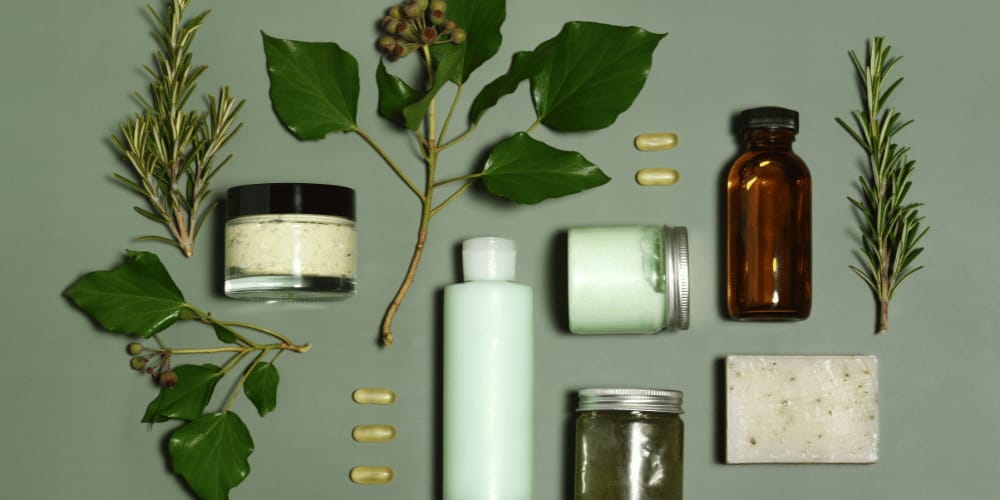
When choosing non-comedogenic products, remember that less is more. Stick to a basic routine with a gentle cleanser, moisturizer, and sunscreen, Overloading your skin with too many products can still overwhelm your pores, even if they’re non-comedogenic!
8. Building Your Daily Routine
Here’s a simple example of a non-comedogenic skincare routine:
Morning:
- Non-comedogenic cleanser
- Hydrating serum (optional)
- Non-comedogenic moisturizer
- Non-comedogenic sunscreen
- Non-comedogenic makeup (foundation, powder, etc.)
Evening:
- Non-comedogenic makeup remover (if makeup worn)
- Non-comedogenic cleanser
- Treatment serum (retinol or peptides)
- Non-comedogenic moisturizer
- Optional: non-comedogenic oil or night cream
Consistency is key! Stick to these steps, and you’ll enjoy clear, balanced skin without the fuss.
Final Thoughts 💖
Now you know what is non-comedogenic mean, why dermatologists love it, and how to incorporate non-comedogenic products into your daily routine. From cleansers and moisturizers to sunscreens and makeup, choosing the right products can help prevent breakouts, maintain balance, and keep your skin radiant.
Remember: non-comedogenic skincare isn’t just for oily or acne-prone skin—it’s a smart choice for anyone who wants healthy, happy skin. By understanding ingredients, reading labels, and following a consistent routine, you can protect your skin while still enjoying your favorite products.
So next time you see non-comedogenic moisturizer, non-comedogenic foundation, or non-comedogenic sunscreen on a label, you’ll know exactly why it matters—and why derms love to recommend it!
✨ Happy skincare journey, beauties! Your pores (and your skin) will thank you.

